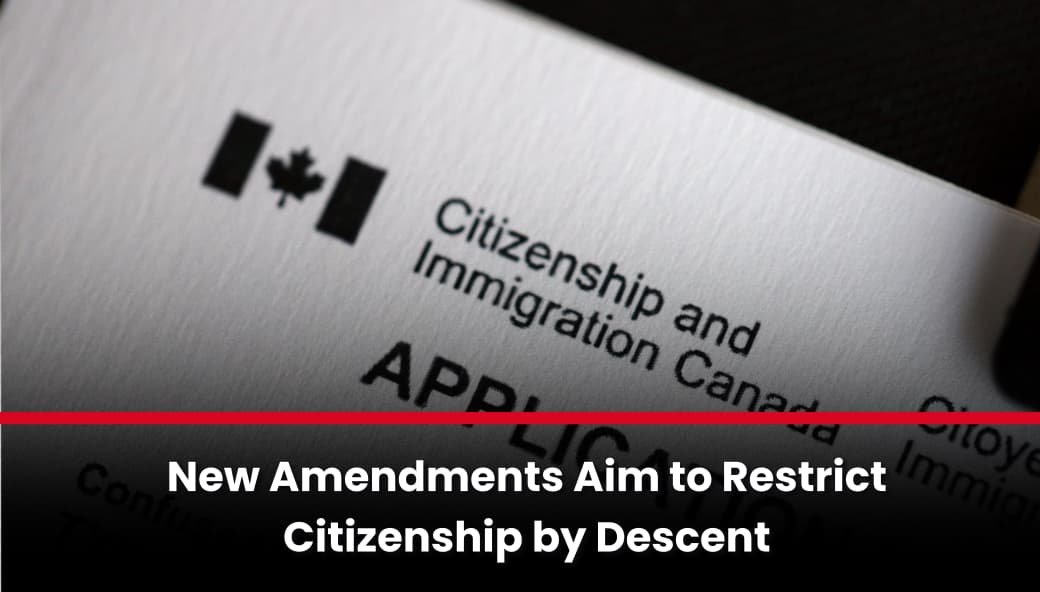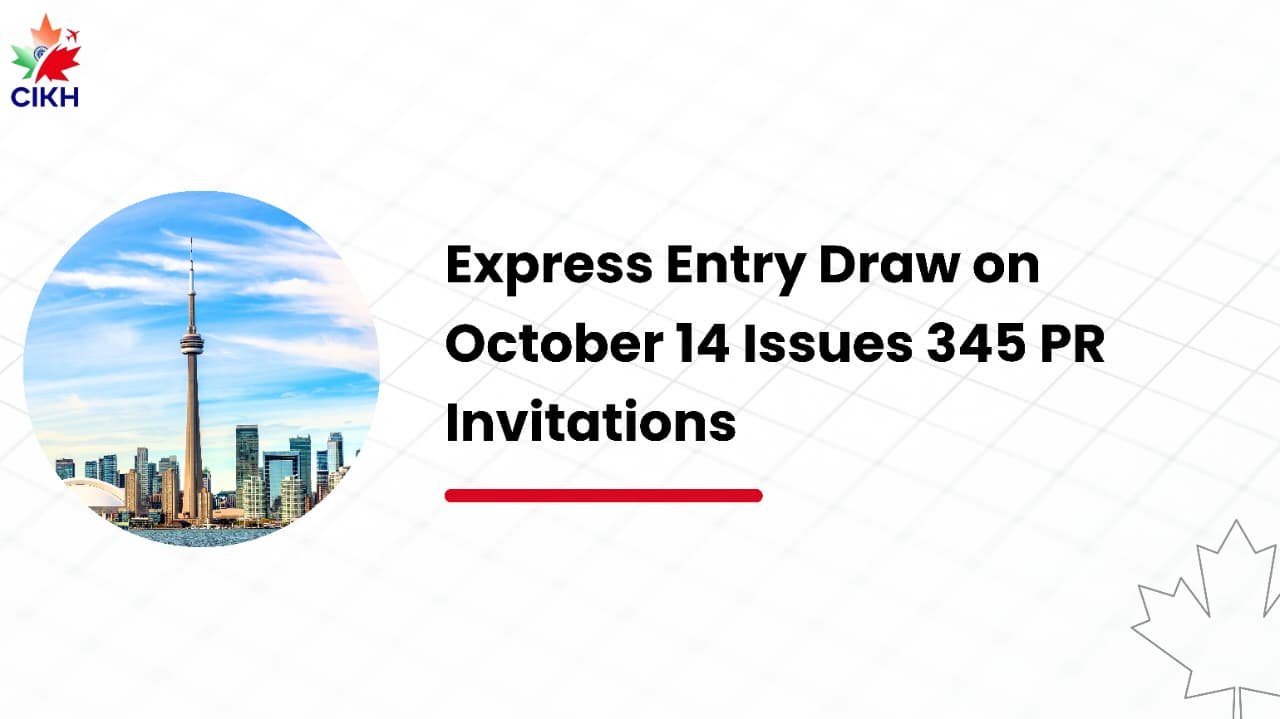On July 29, 2025, Immigration, Refugees and Citizenship Canada (IRCC) launched a major policy shift that marks a new era of transparency in the country’s immigration system.
For the first time, IRCC will include immigration officer decision notes directly with refusal letters for certain application types. This long-anticipated change gives applicants valuable insights into why their applications were denied, eliminating much of the uncertainty that has long plagued the process.
Book Your Consultation for Canadian Immigration
From international students to temporary workers, millions stand to benefit. This article explains what the policy means, who it affects, and how it could reshape the future of Canadian immigration.
A New Chapter in Immigration Transparency
Canada welcomes millions of students, workers, and visitors each year. Yet for many, the process of applying for a visa or permit has been frustrating and opaque, especially when applications are refused without clear explanations.
Previously, most refused applicants received generic letters stating they failed to meet eligibility requirements. To learn more, they often had to file costly and time-consuming Access to Information and Privacy (ATIP) requests.
IRCC is now changing that. As of July 29, officer decision notes, written explanations from the official who made the decision, will be included with certain refusal letters. This move signals a broader shift in IRCC’s approach, emphasizing transparency, accountability, and client service.
Rather than leaving applicants in the dark, the department now aims to provide meaningful, actionable feedback. This not only helps individuals improve future applications but also builds greater trust in the system as a whole.
Why Officer Decision Notes Matter
The addition of officer notes addresses one of the most common complaints about the immigration process: the lack of clarity behind refusals.
Instead of vague rejection language, applicants will now receive detailed insights, such as:
- Eligibility Gaps: Specific reasons an applicant didn’t meet visa or permit requirements.
- Document Issues: Information on missing, incomplete, or weak supporting documents.
- Contextual Factors: Considerations such as financial stability, intent, or ties to the home country.
For example, an international student might learn their study permit was refused due to an underdeveloped study plan or insufficient financial documentation. With that knowledge, they can revise and strengthen their next application.
This kind of feedback empowers applicants to make informed decisions, reduces unnecessary reapplications, and increases the likelihood of success. It also reduces pressure on the system by cutting down on appeals and repetitive submissions.
Which Applications Are Covered?
Officer decision notes will initially be included with refusal letters for the following application types:
- Temporary Resident Visas (TRVs): Includes visitor visas, but not electronic travel authorizations (eTAs) or temporary resident permits (TRPs).
- Visitor Records: For individuals already in Canada seeking to extend their stay as visitors.
- Study Permits: For international students applying to study at Canadian institutions.
- Work Permits: Includes both employer-specific and open work permits.
The policy will be rolled out in phases, with more application categories expected to be added over time. However, applicants using the IRCC Portal – New Version will not receive decision notes during this initial rollout. IRCC is expected to expand access as its digital systems are upgraded.
Applicants may want to consider applying through alternative platforms to ensure they benefit from this added transparency.
How Applicants Will Receive Decision Notes
The process is designed to be automatic and straightforward. If an application is refused, the officer’s decision notes will be sent along with the refusal letter to the applicant or their authorized representative.
These notes will explain the key factors behind the decision and are intended to help applicants understand exactly what went wrong.
In some cases, portions of the notes may be withheld due to privacy, security, or legal considerations. Even so, receiving even partial feedback is a major improvement over the generic letters of the past.
A Transformational Impact on Applicants
This policy change benefits applicants in several important ways:
- Clarity and Transparency: Clear explanations replace vague refusals.
- Stronger Reapplications: Applicants can fix specific issues rather than guess.
- Time and Cost Savings: Fewer ATIP requests and unnecessary resubmissions.
- Greater Trust in the System: Transparency strengthens public confidence in immigration decisions.
Take, for example, a temporary worker whose application is denied. With officer notes revealing the issue, perhaps a lack of evidence about the job’s labor market impact, they can work with their employer to address it directly. That clarity can turn a failed application into a future success.
The broader immigration system stands to benefit as well. By reducing miscommunication and improving application quality, IRCC can allocate resources more effectively and potentially shorten processing times across the board.
Looking Ahead: A Global Model for Immigration Reform
The release of officer decision notes represents more than just a policy tweak, it’s a signal of deeper change.
As the initiative expands to more types of applications, it is likely to influence immigration systems globally. Canada could set a new standard for balancing transparency, fairness, and efficiency.
For international students, workers, visitors, and their families, this change offers hope. Navigating immigration processes can be overwhelming, but clear feedback provides applicants with the tools they need to succeed.
Canada’s commitment to transparency through officer decision notes is a milestone in immigration reform. It empowers individuals, strengthens the system, and raises the bar for other countries to follow.
As this policy gains attention across media and immigration forums, it is poised to become a defining development in Canada’s evolving immigration landscape.





